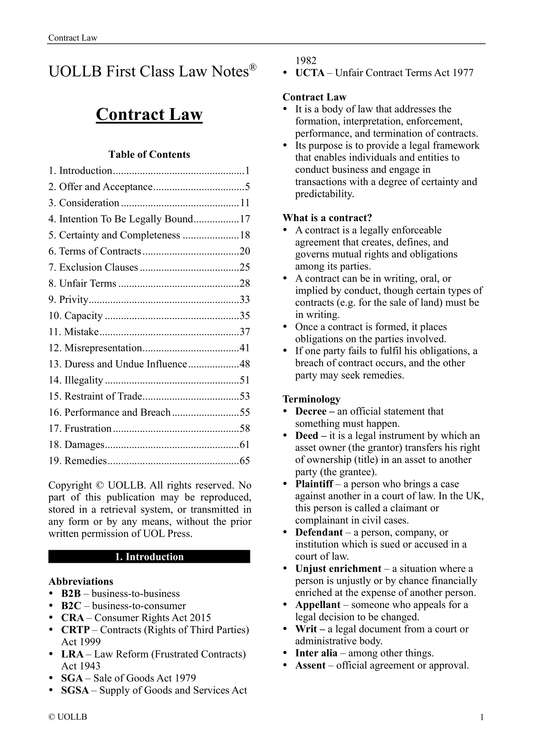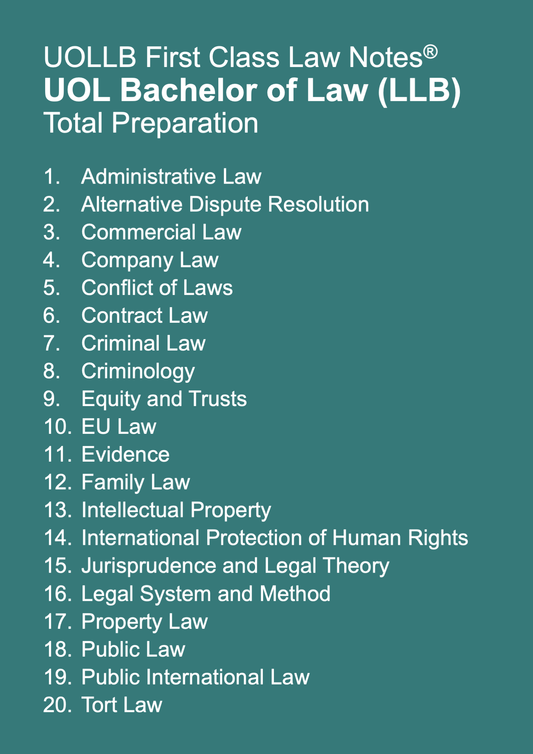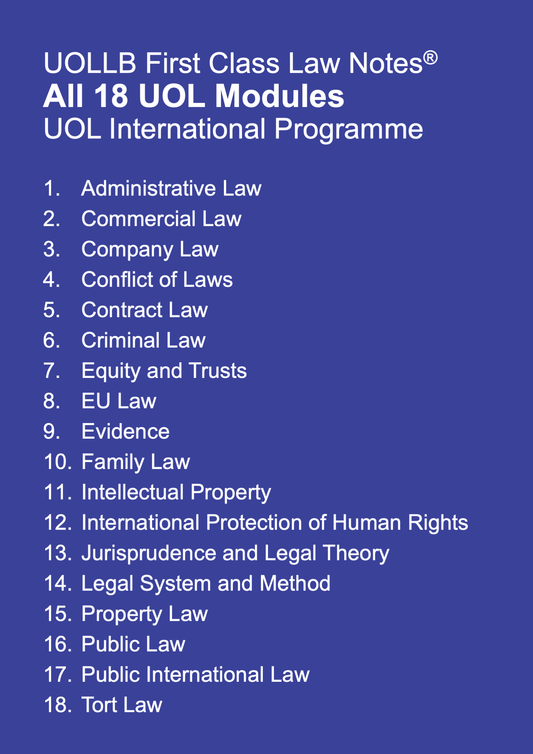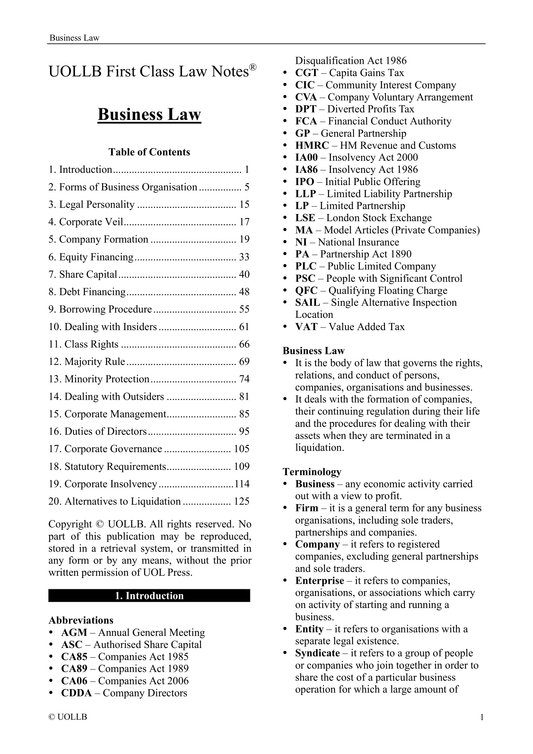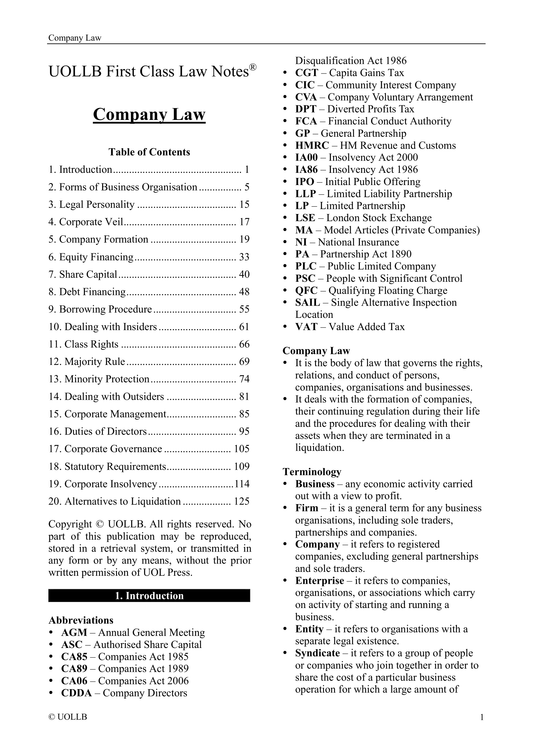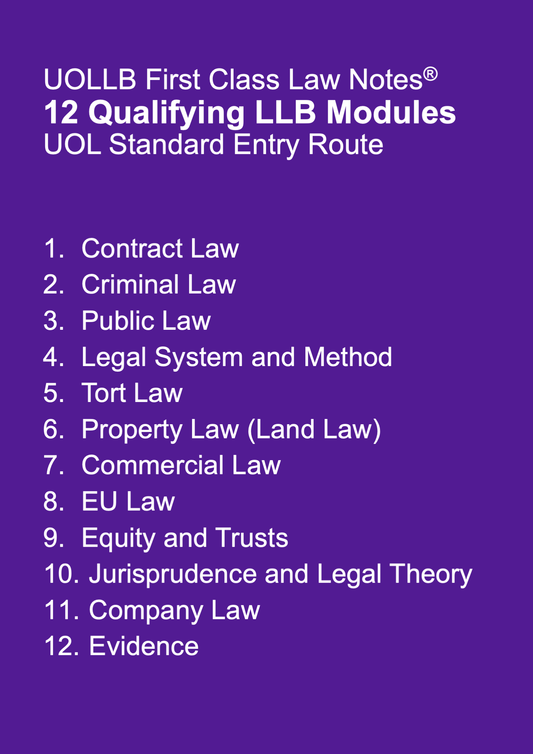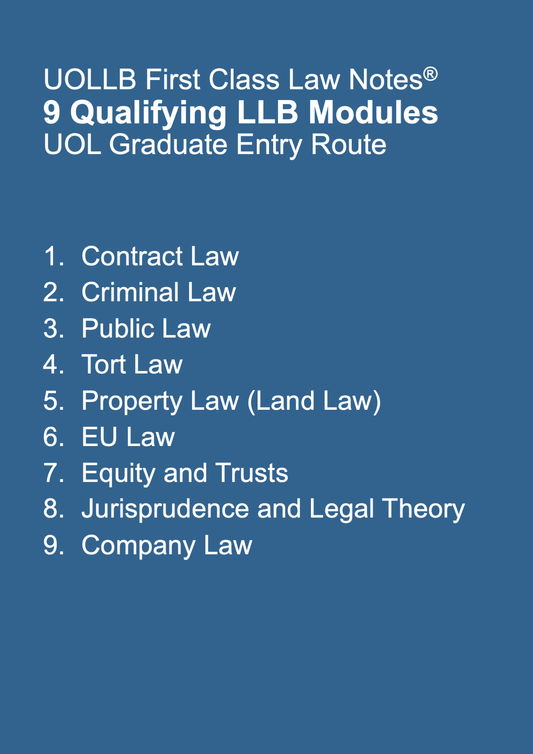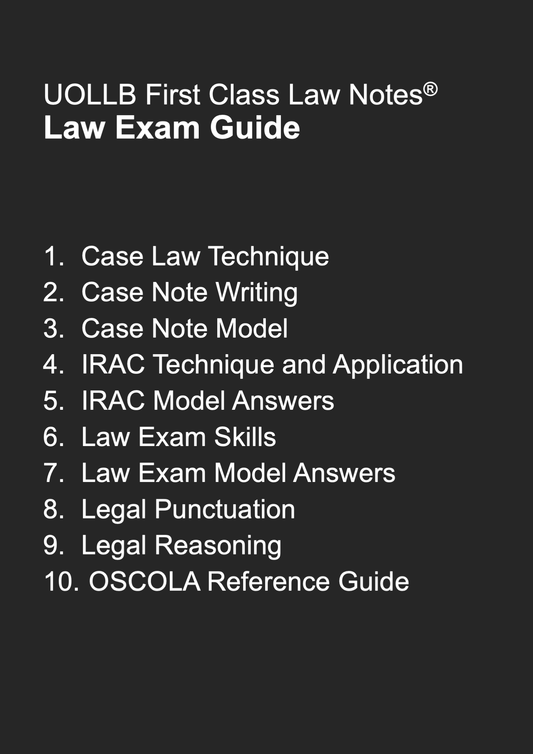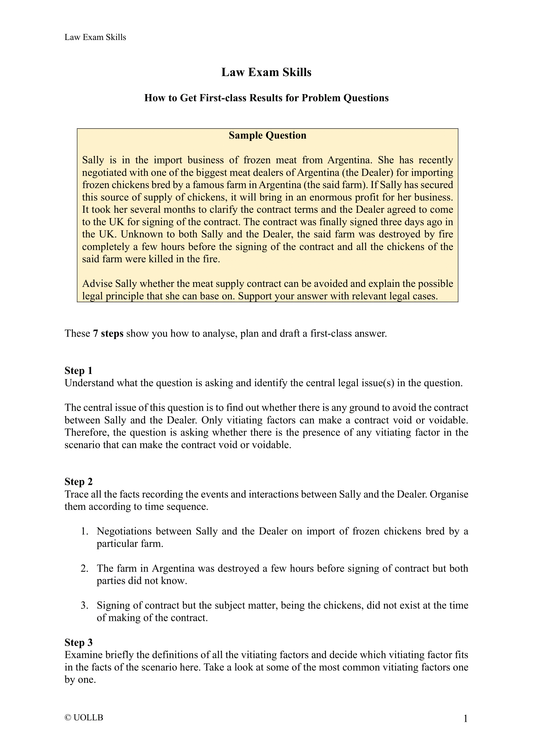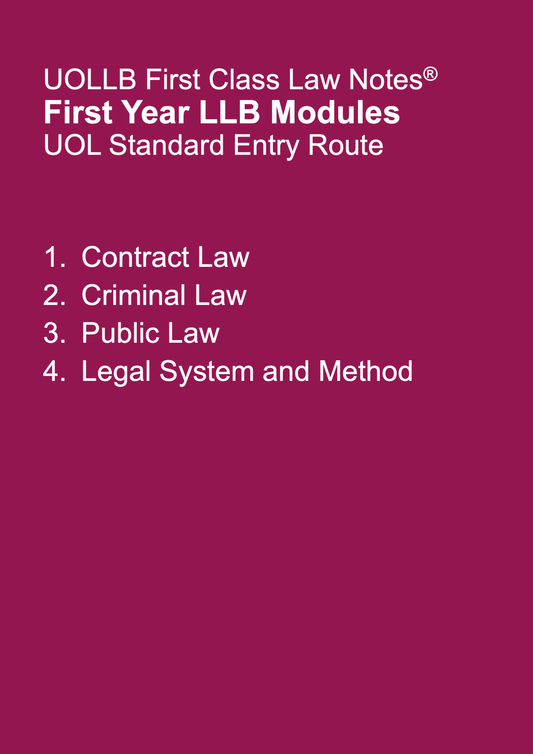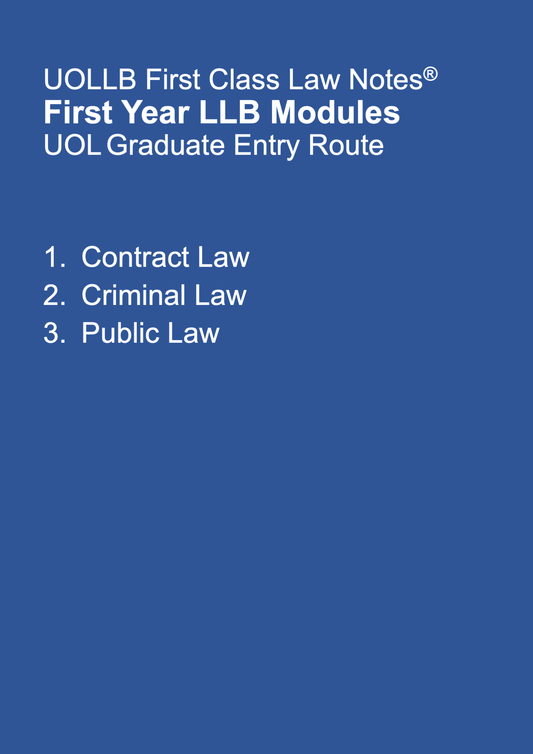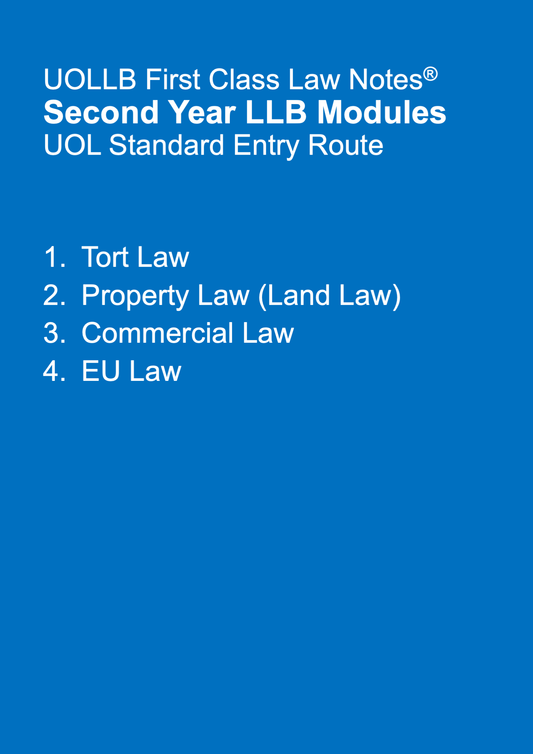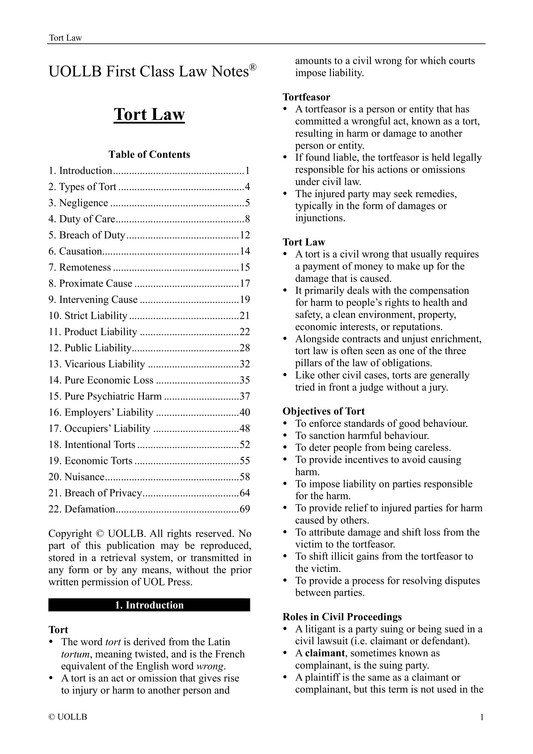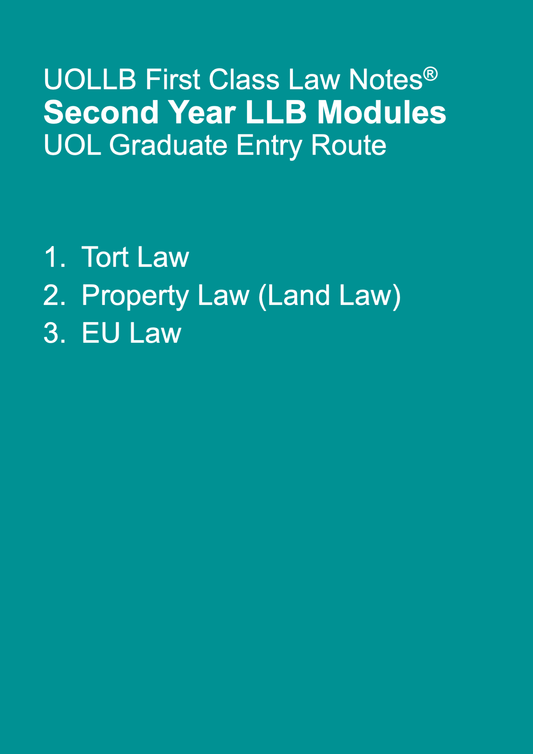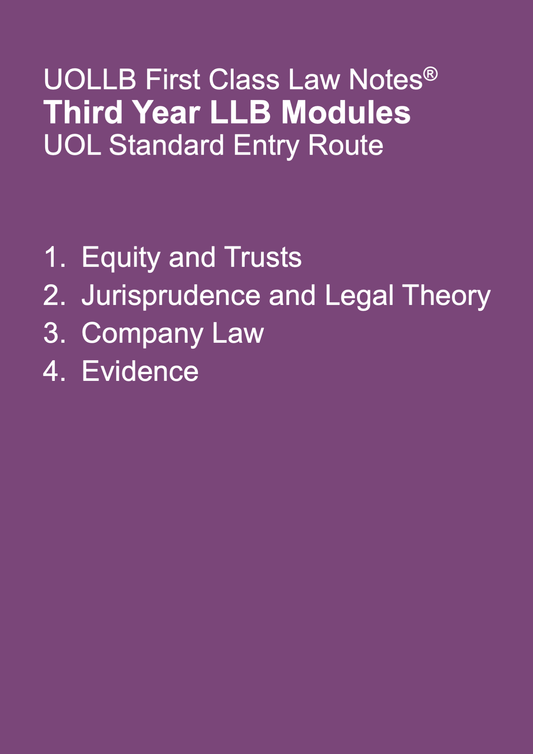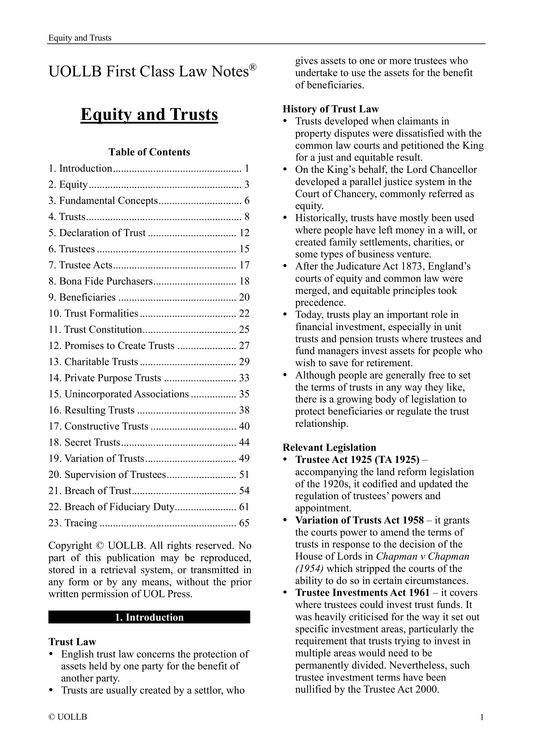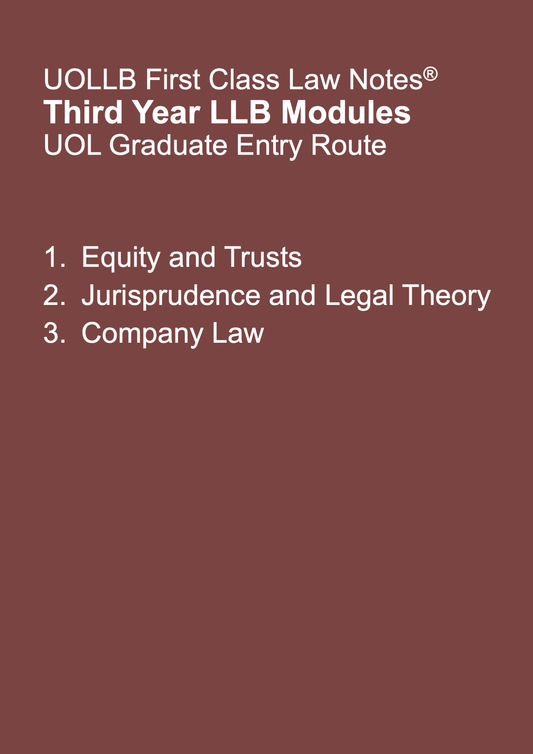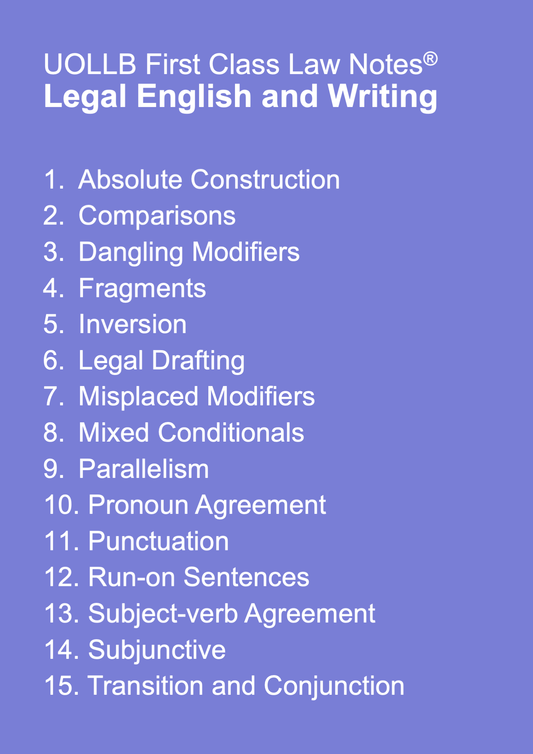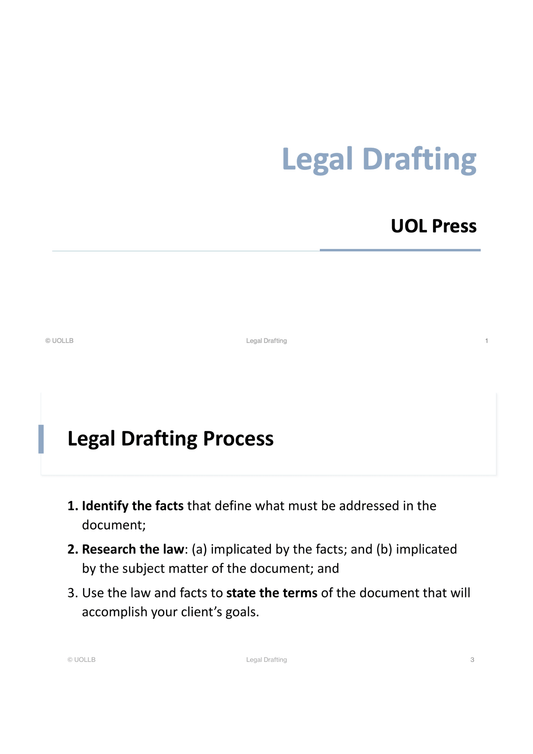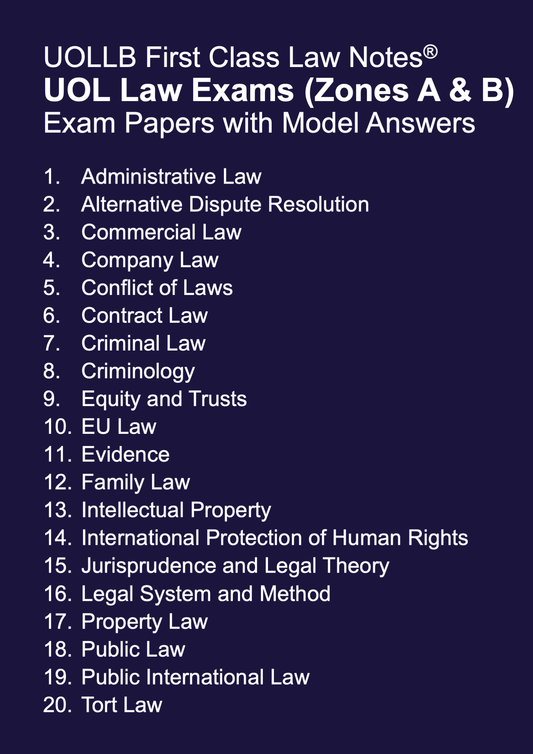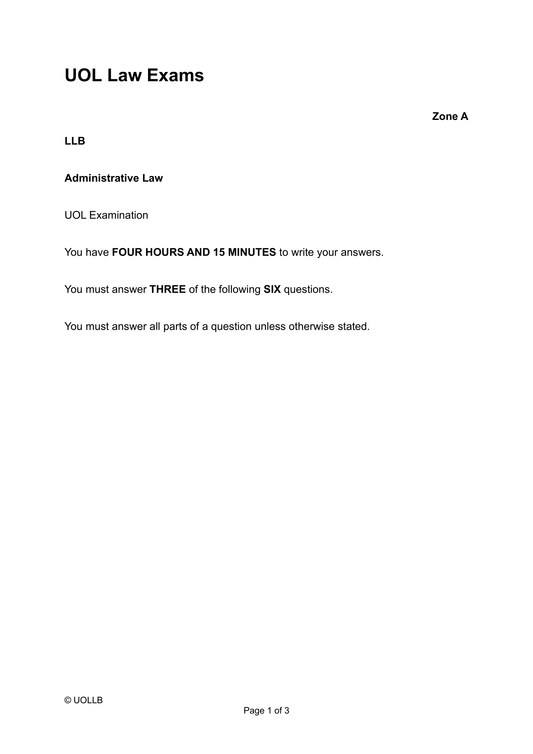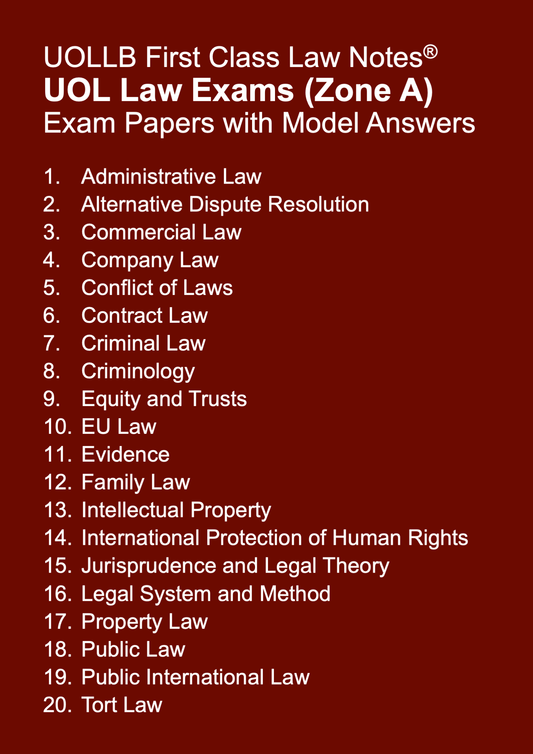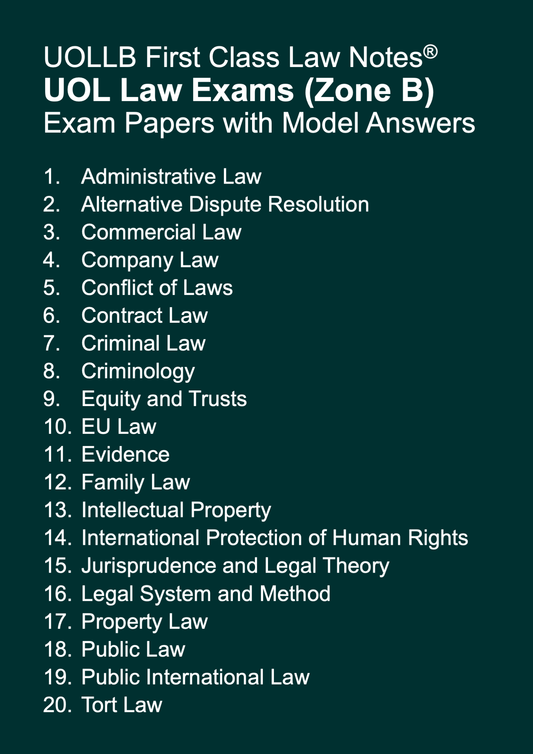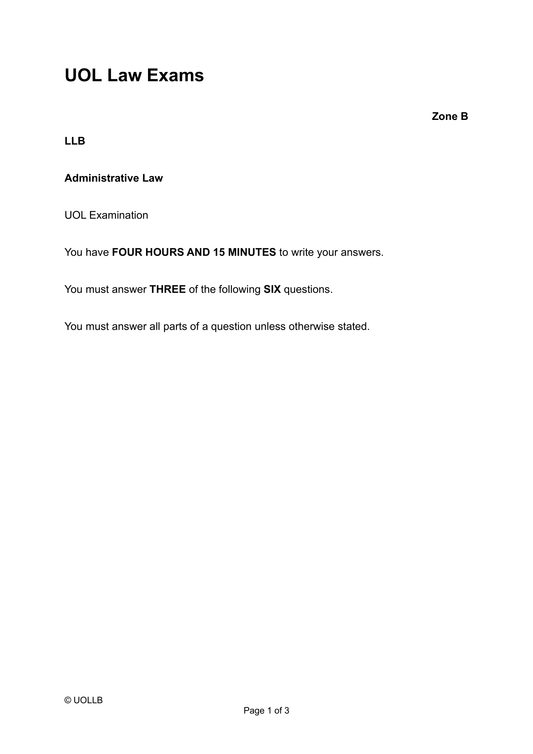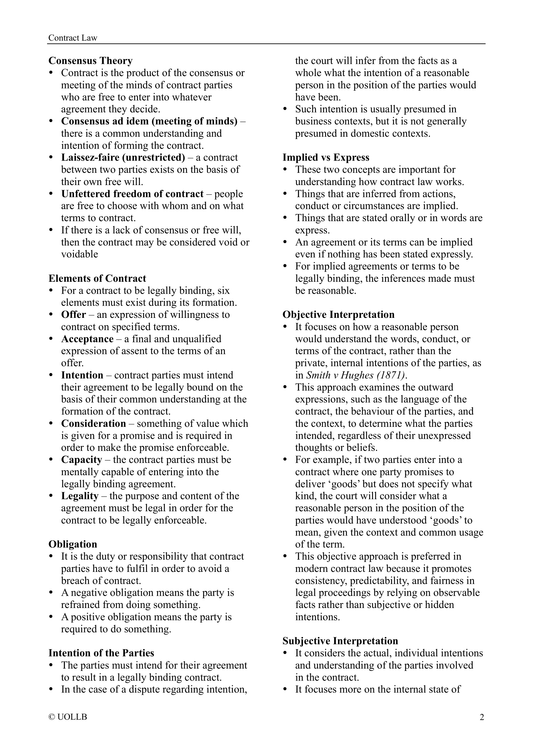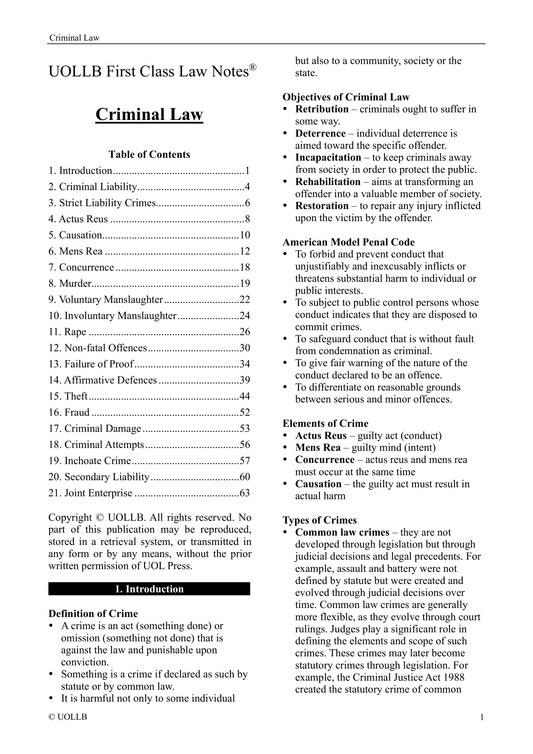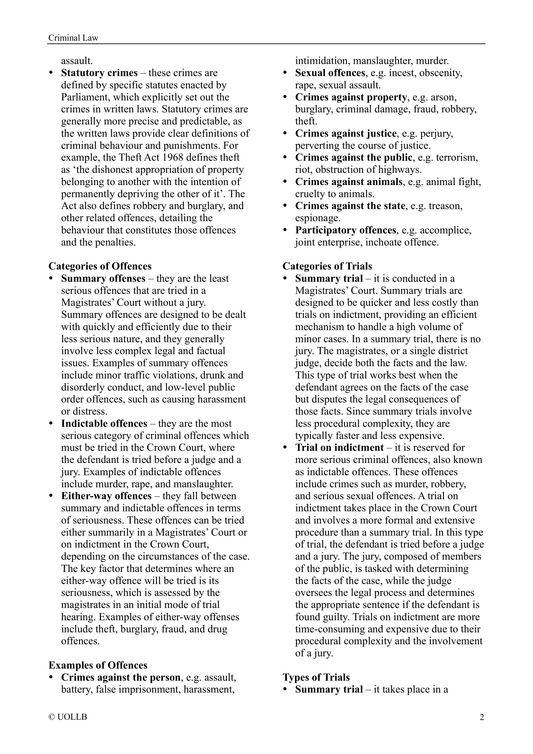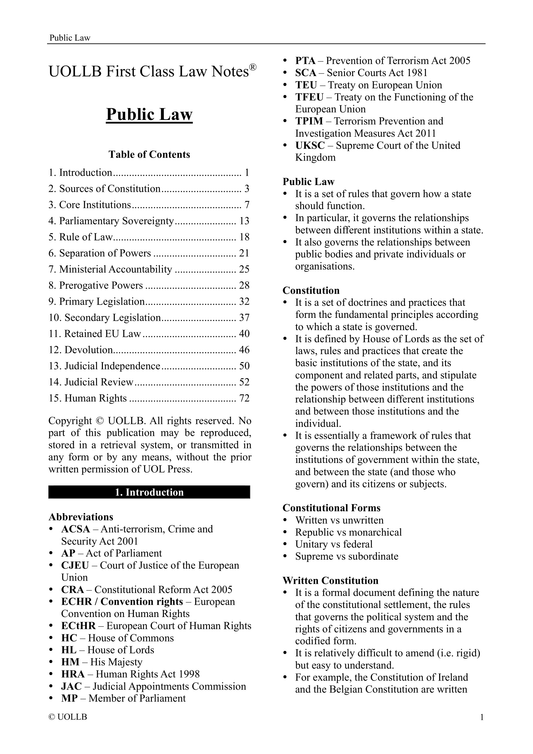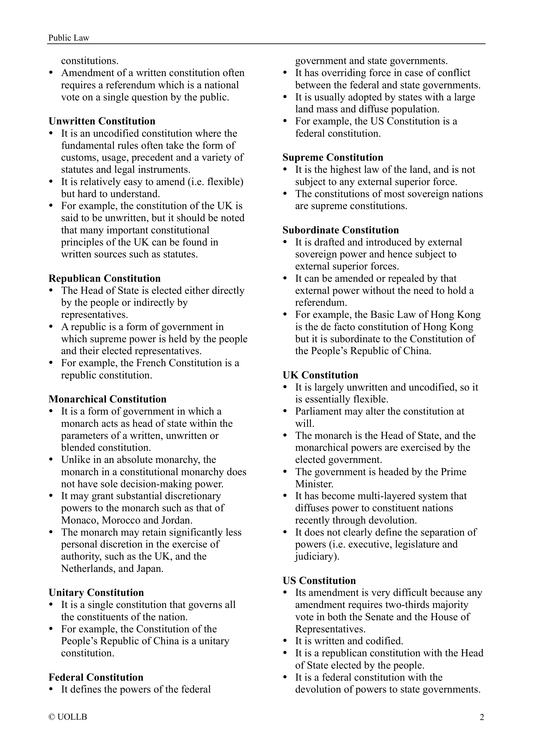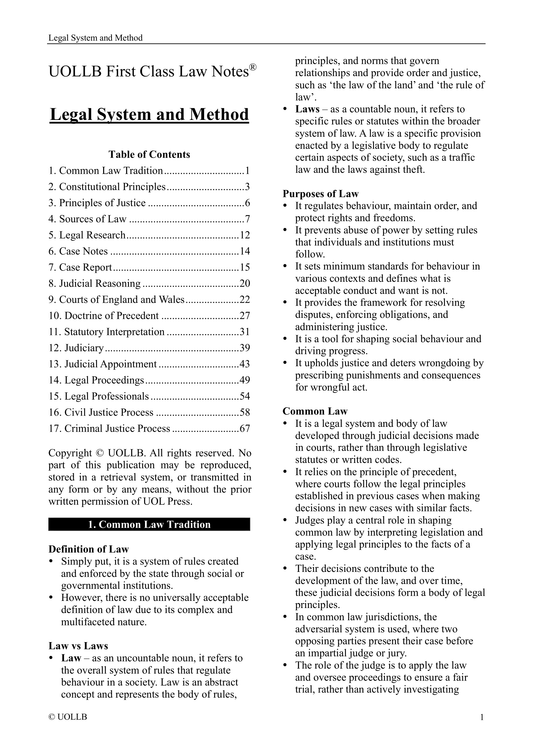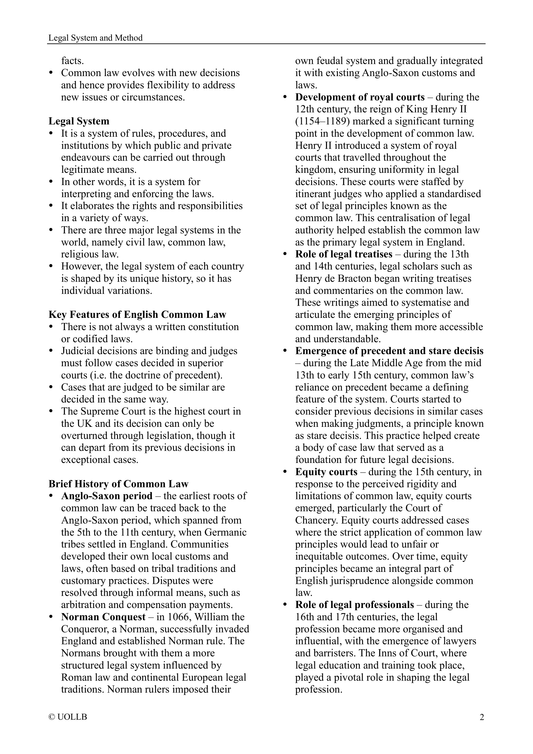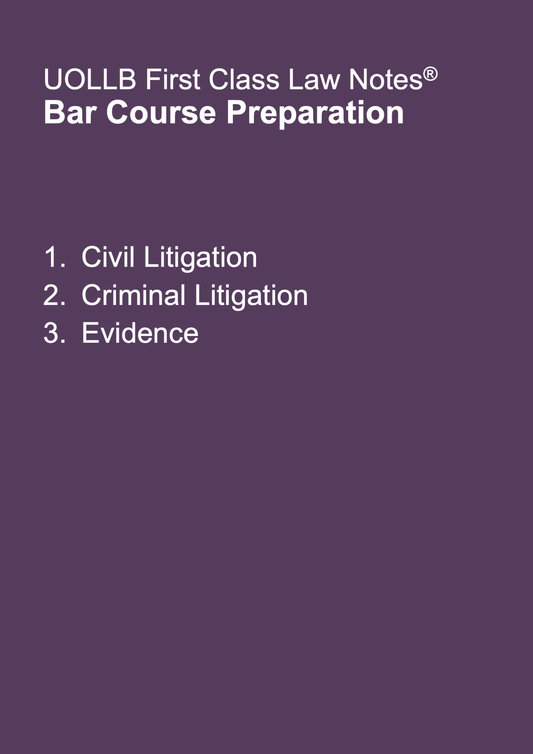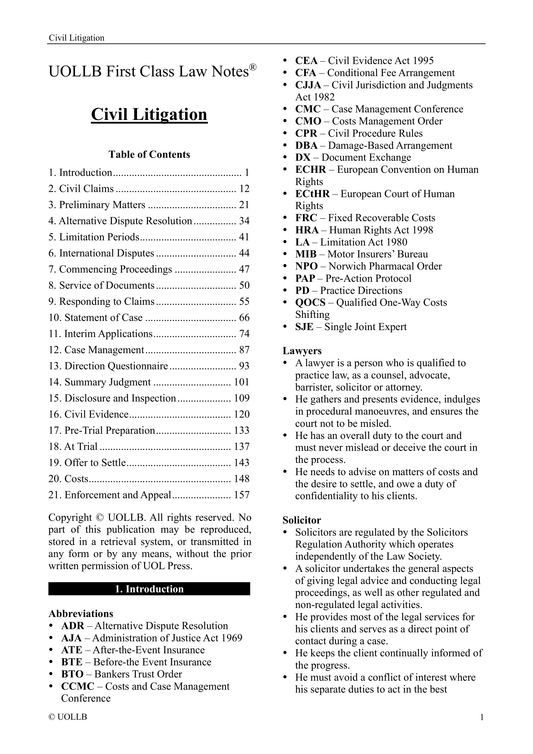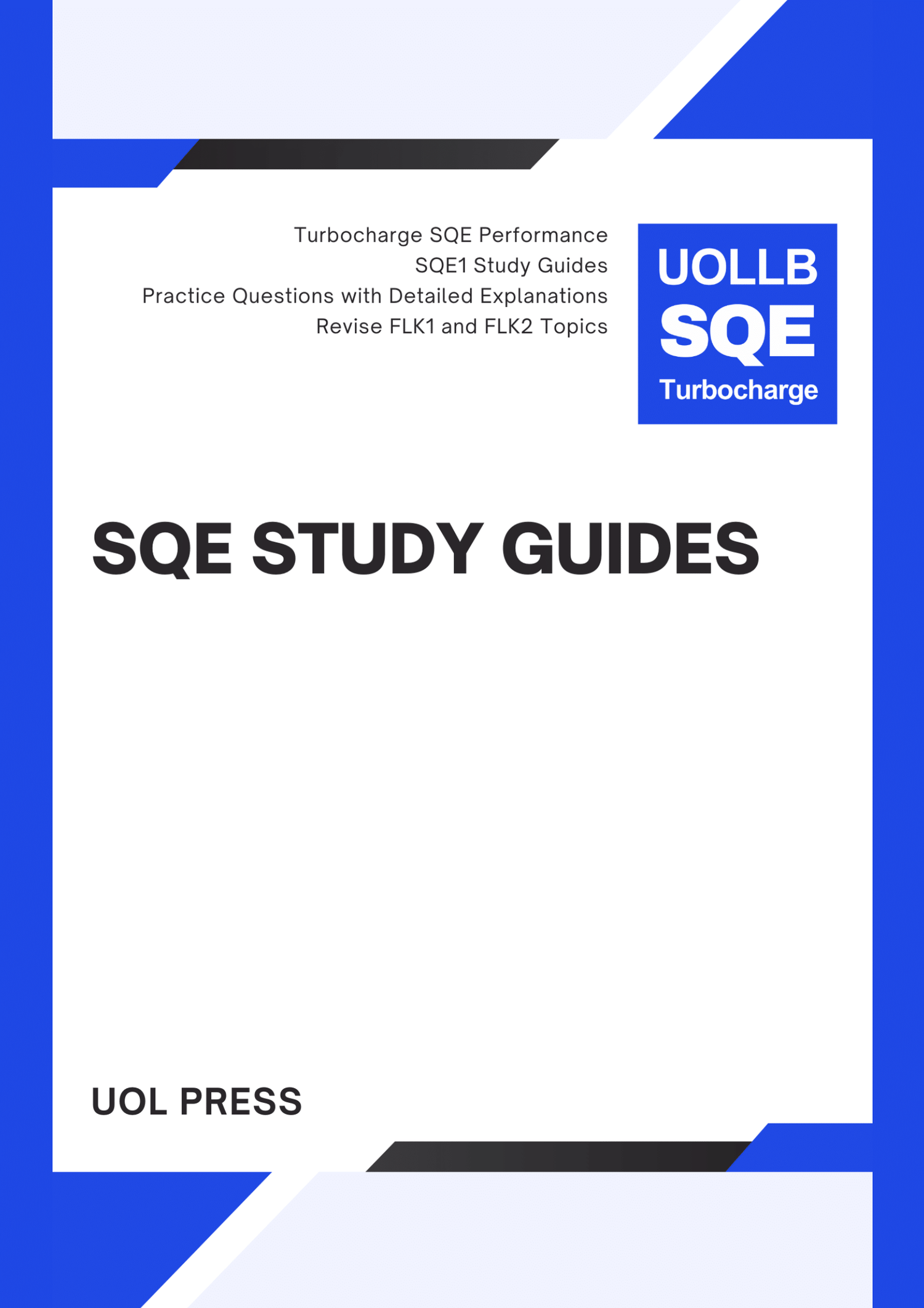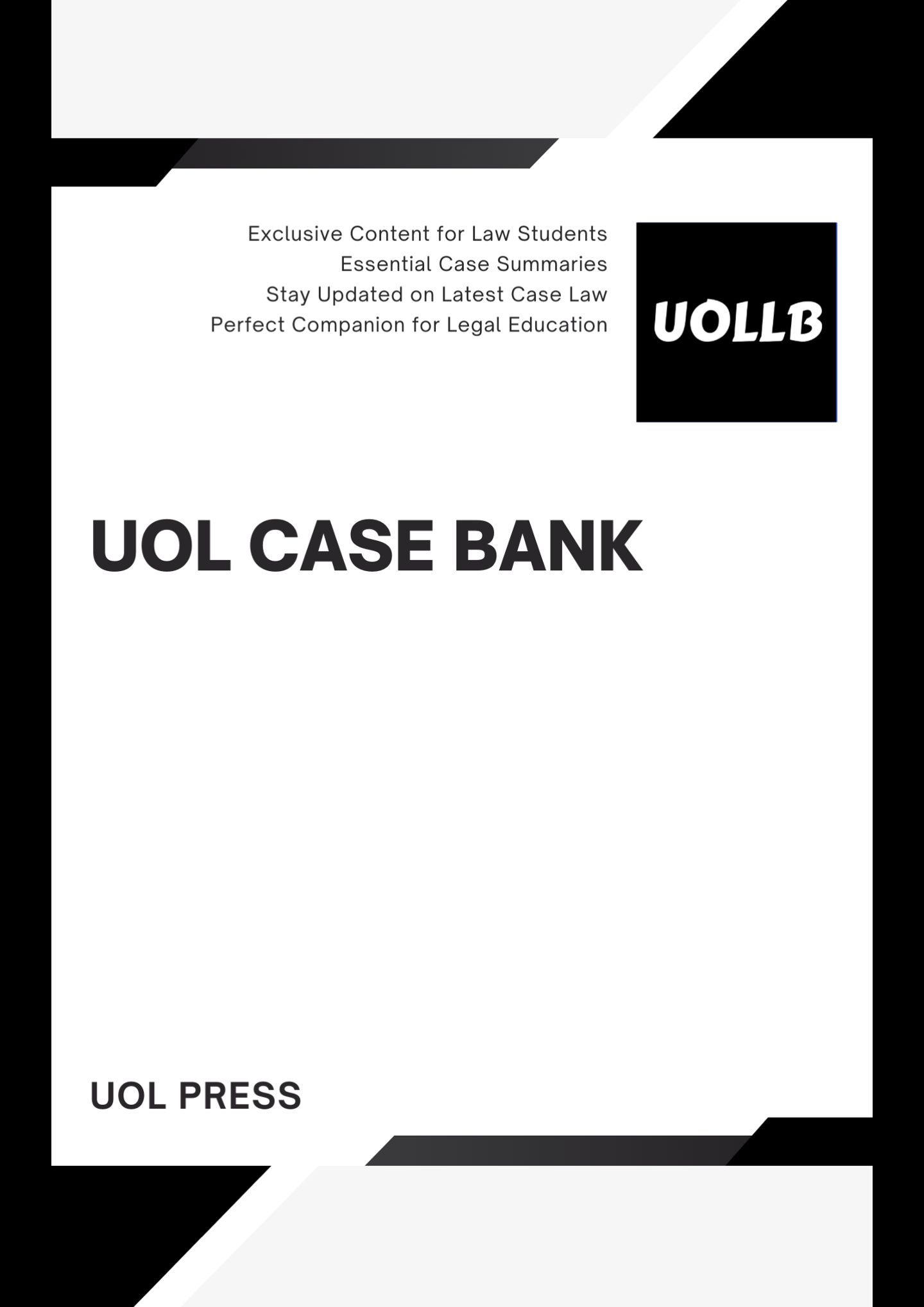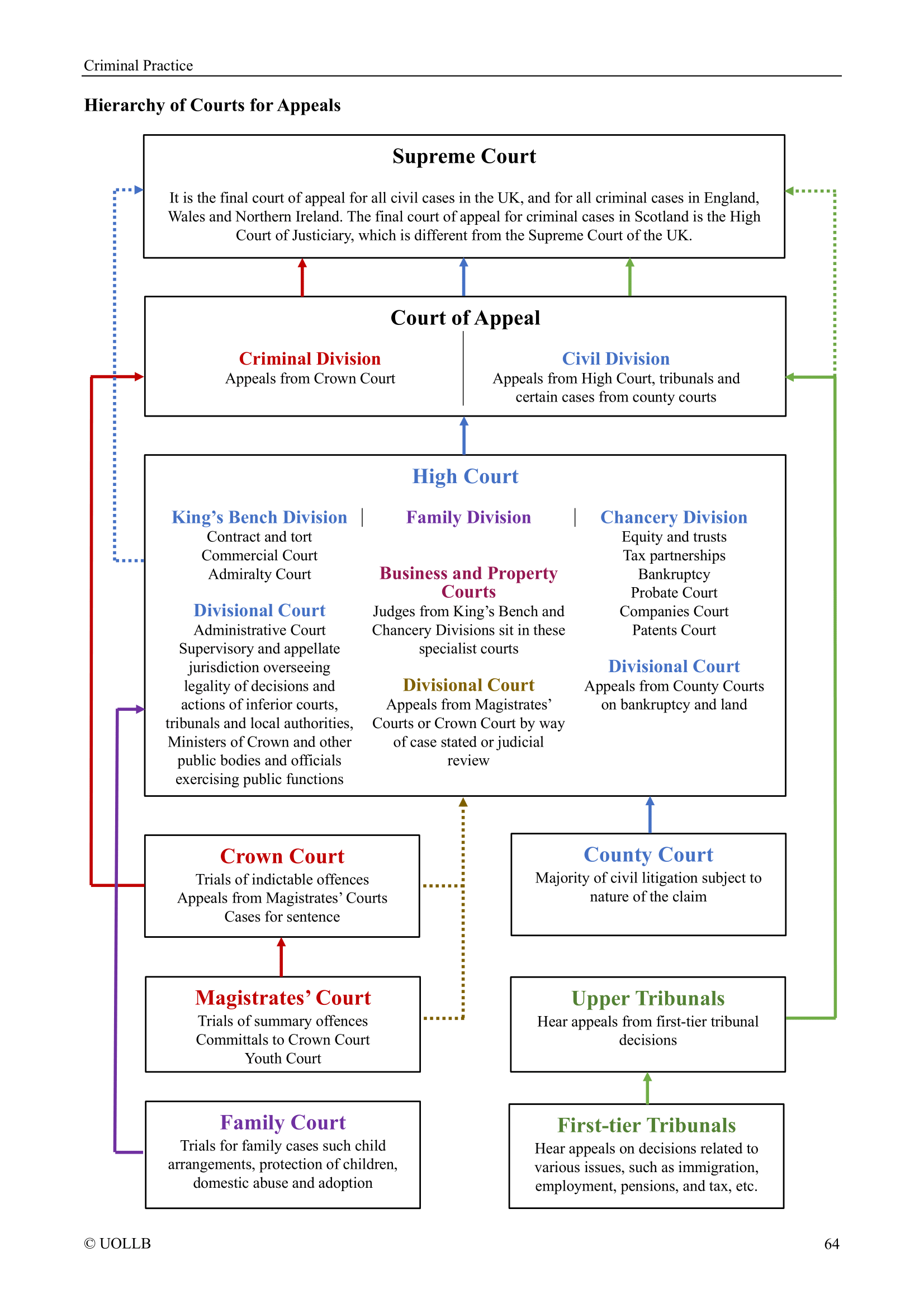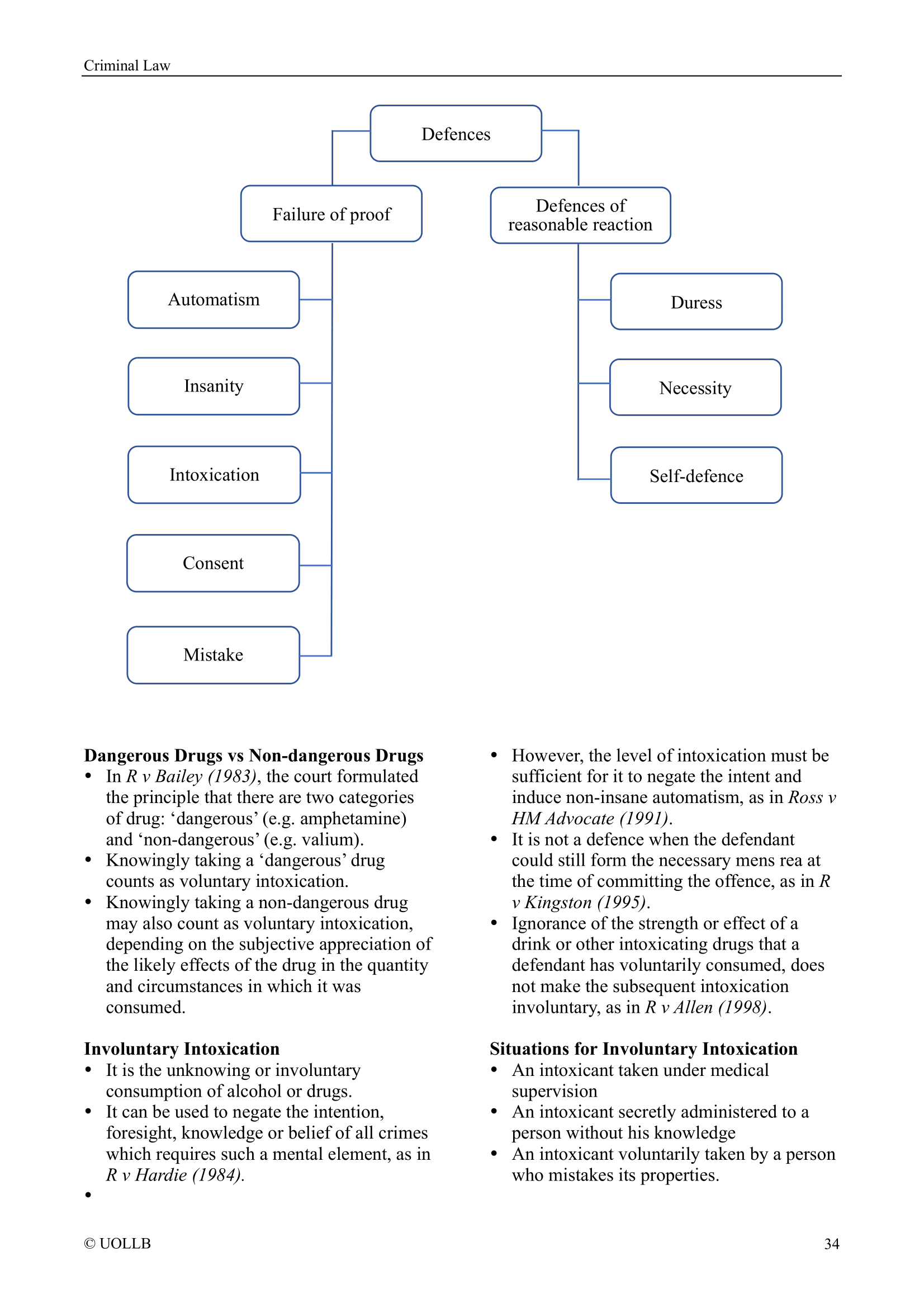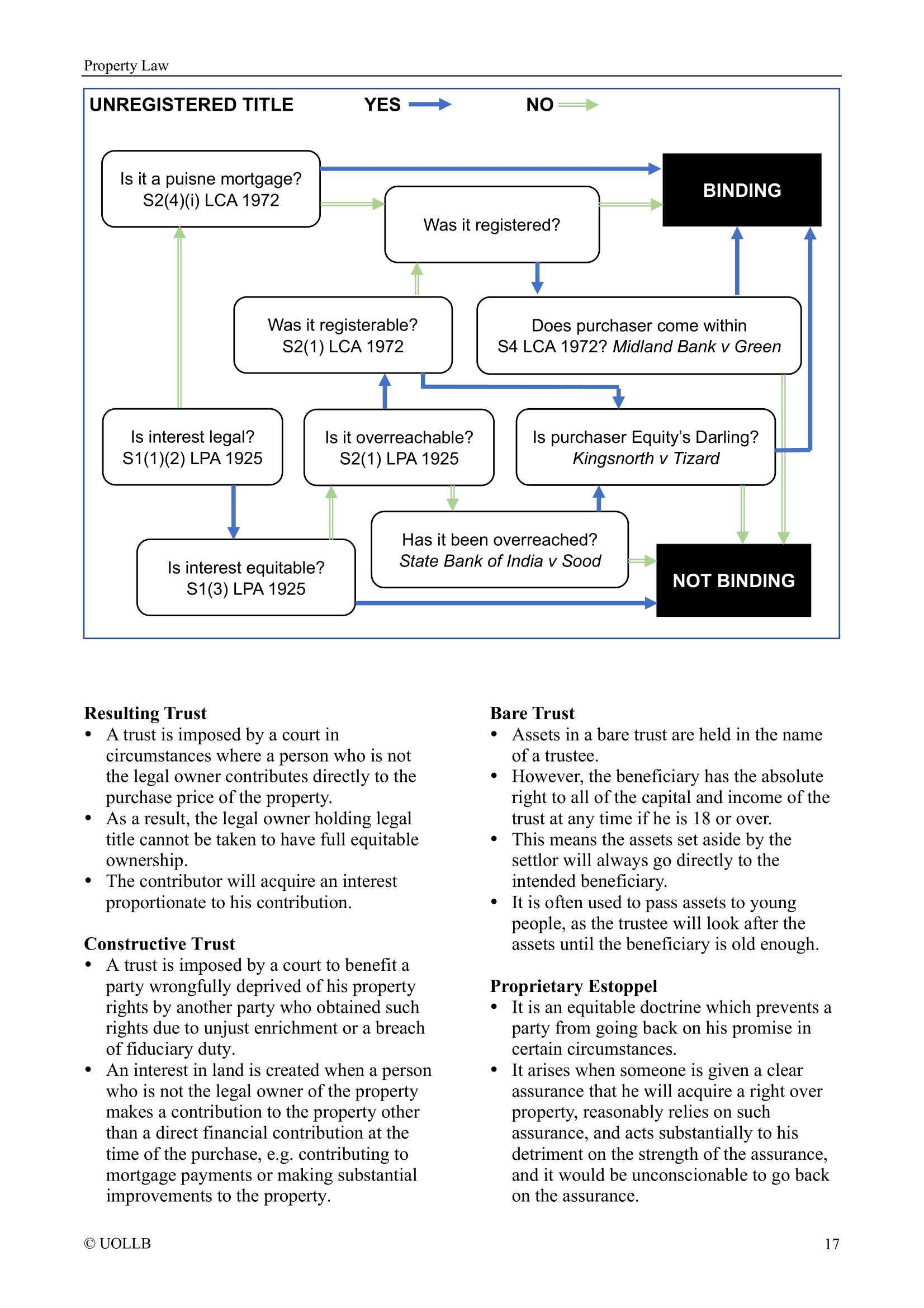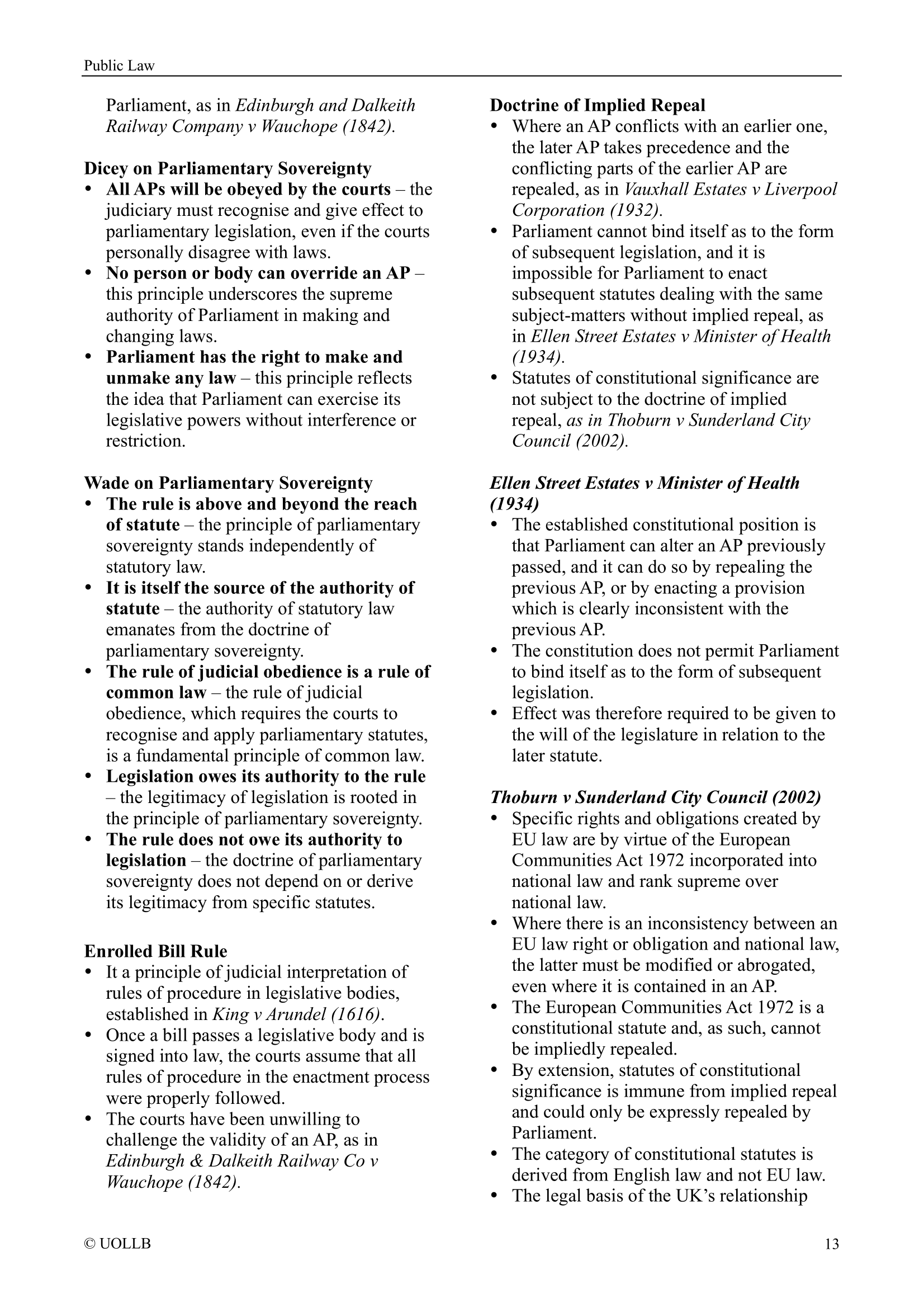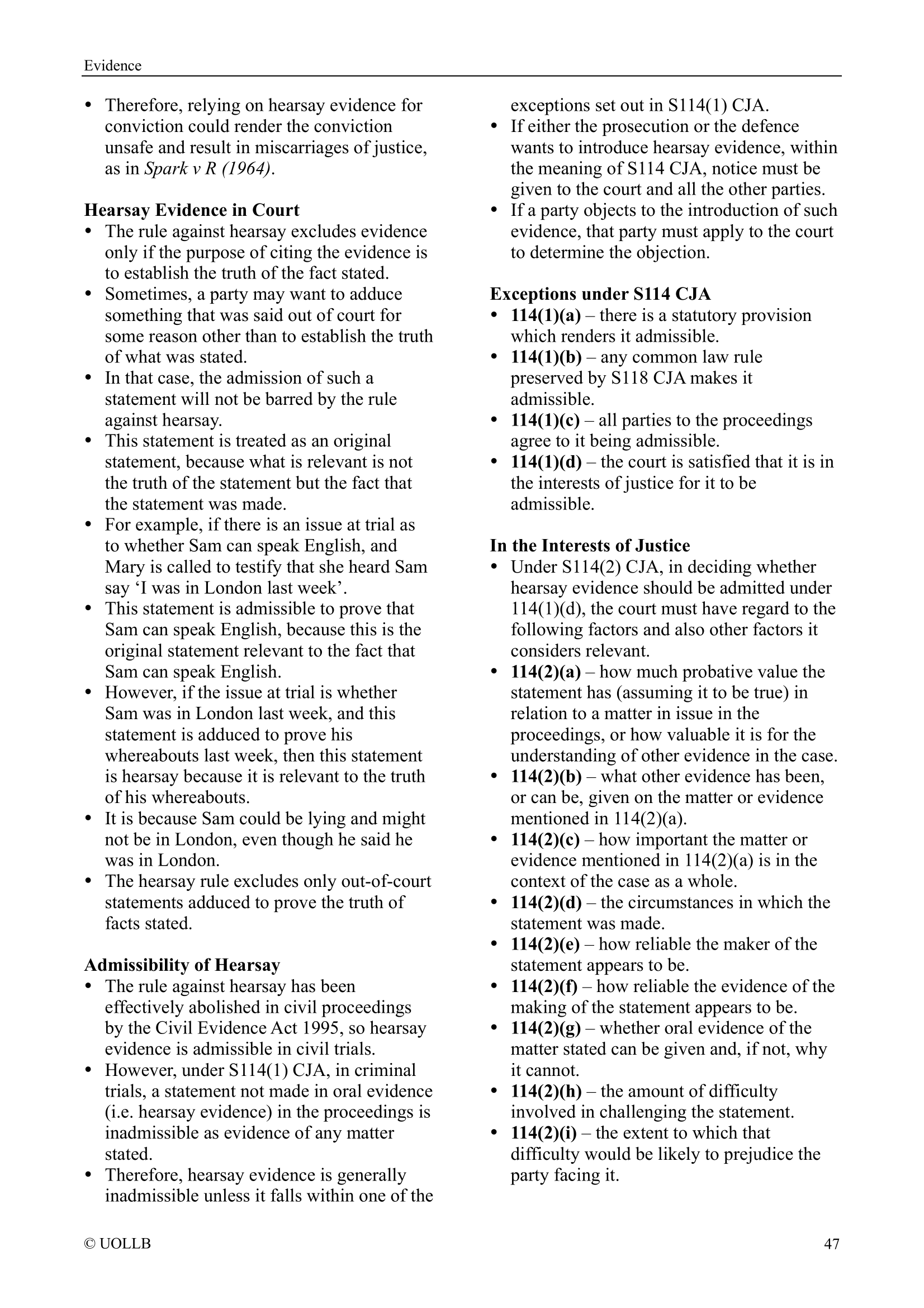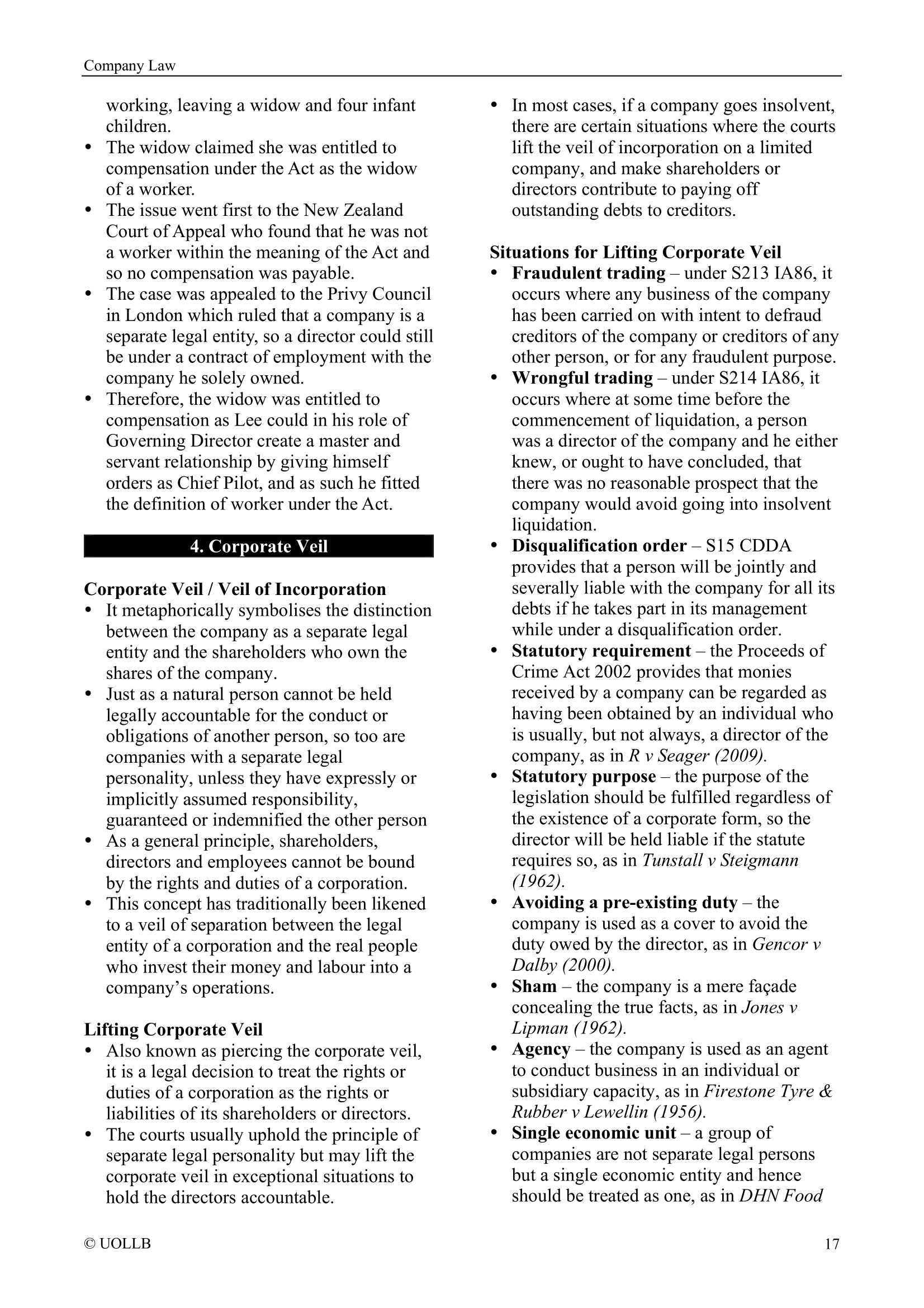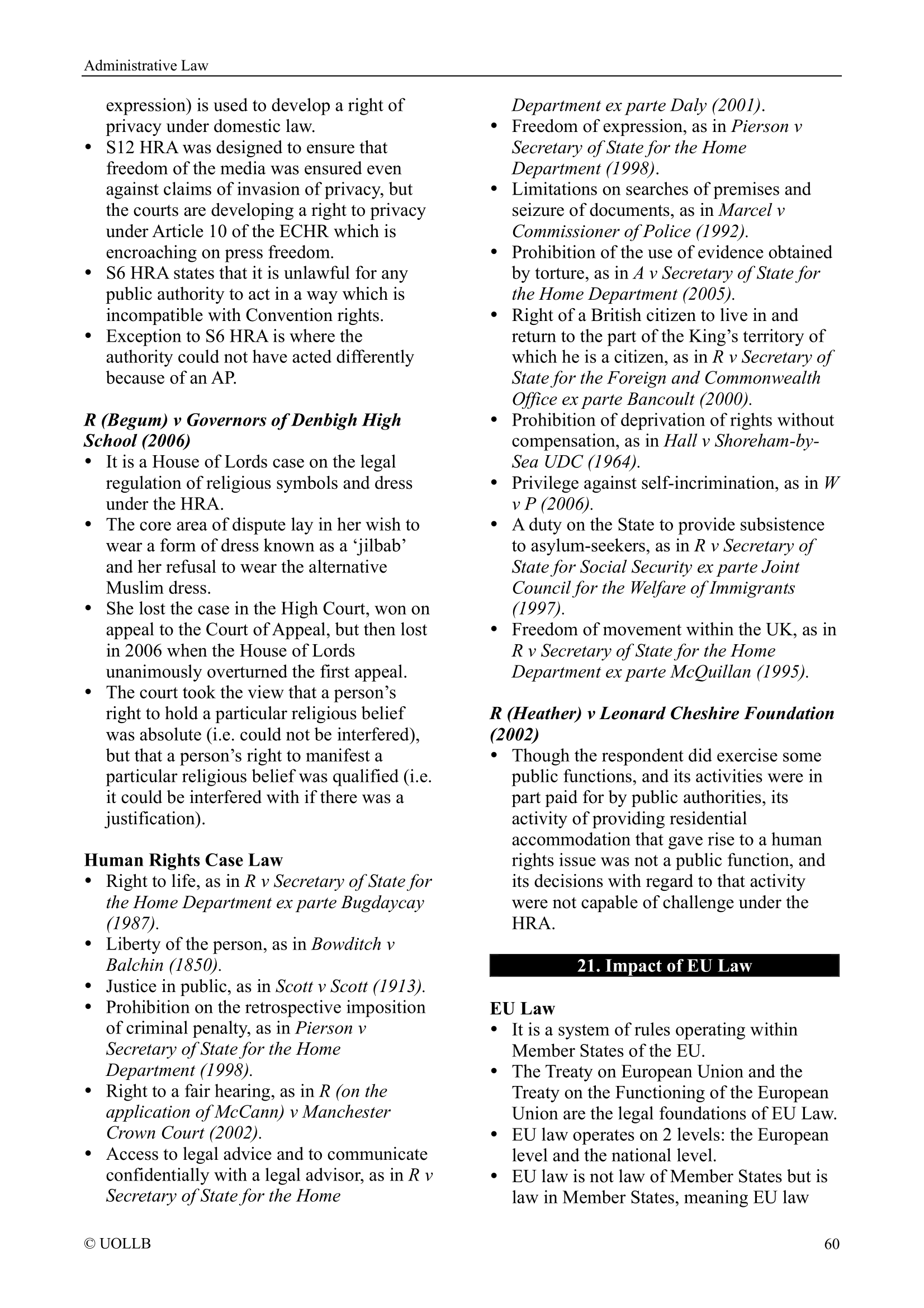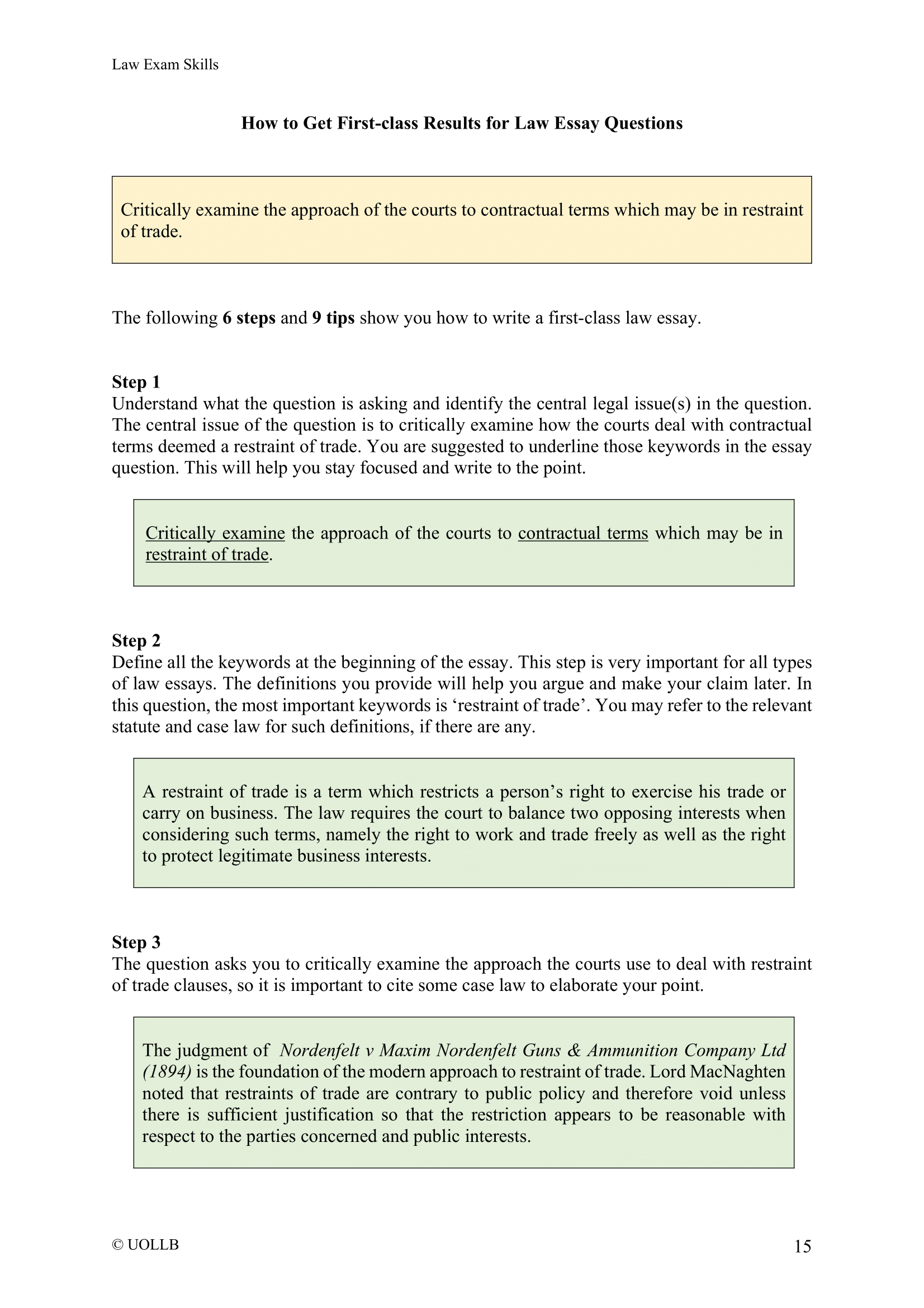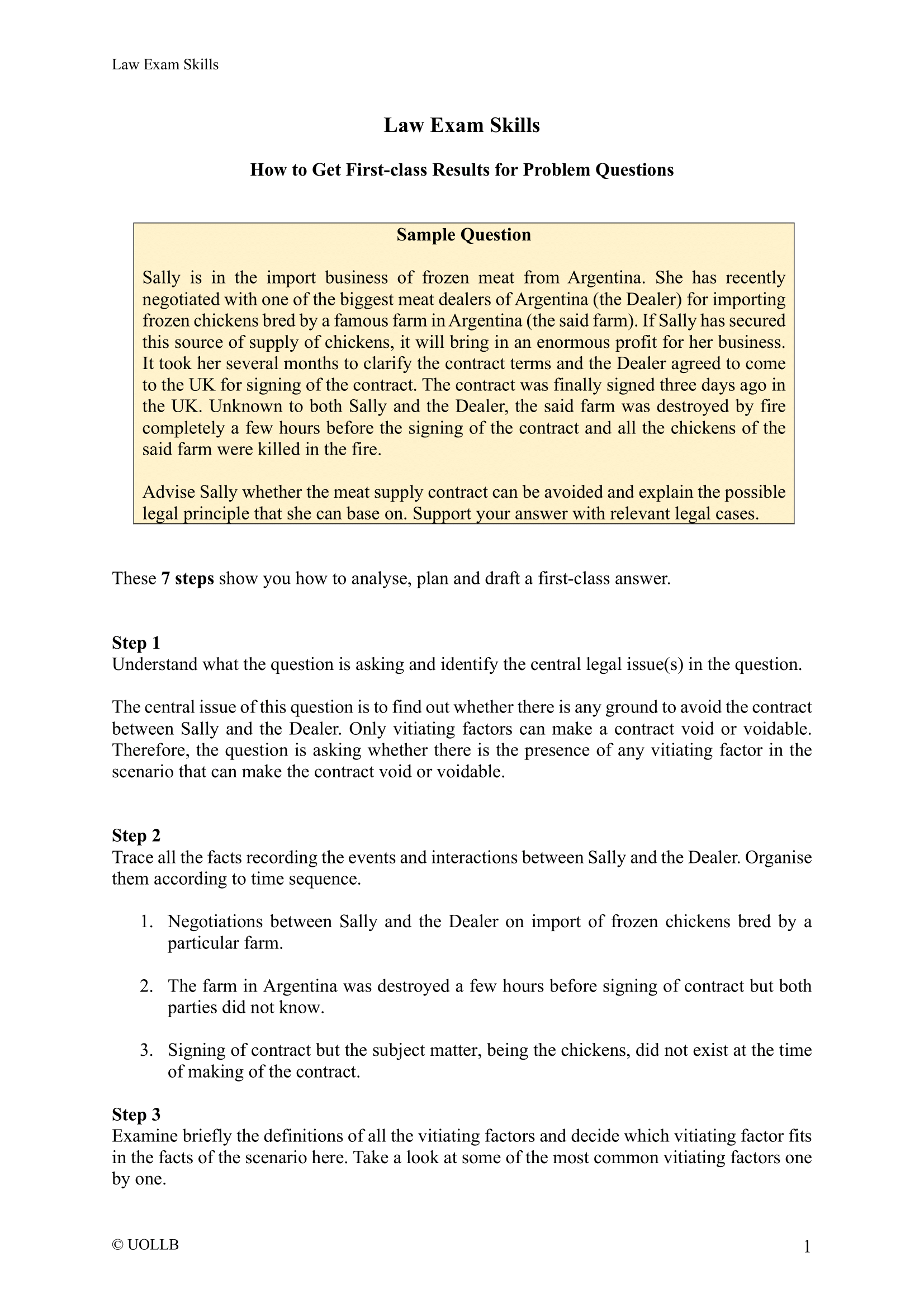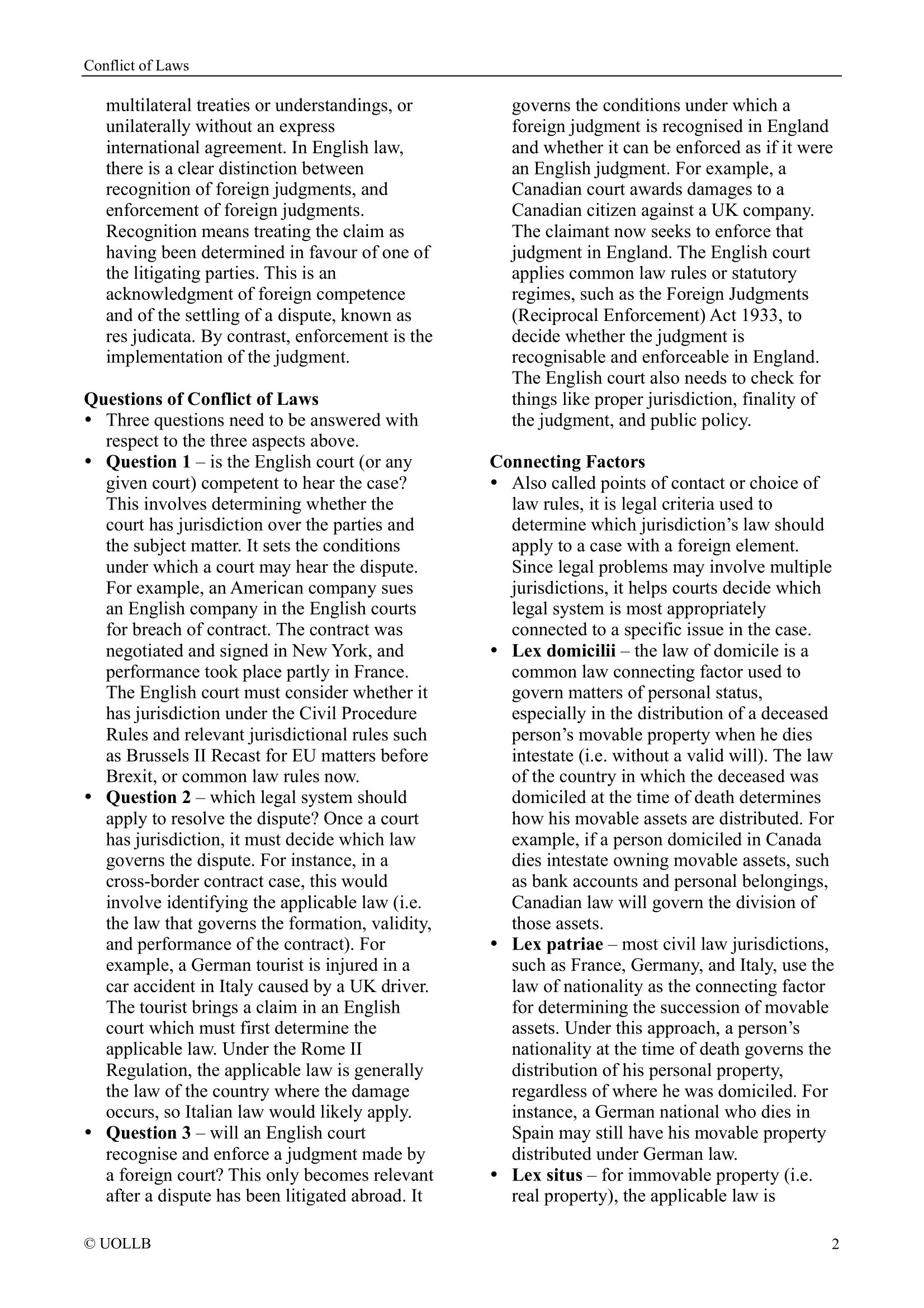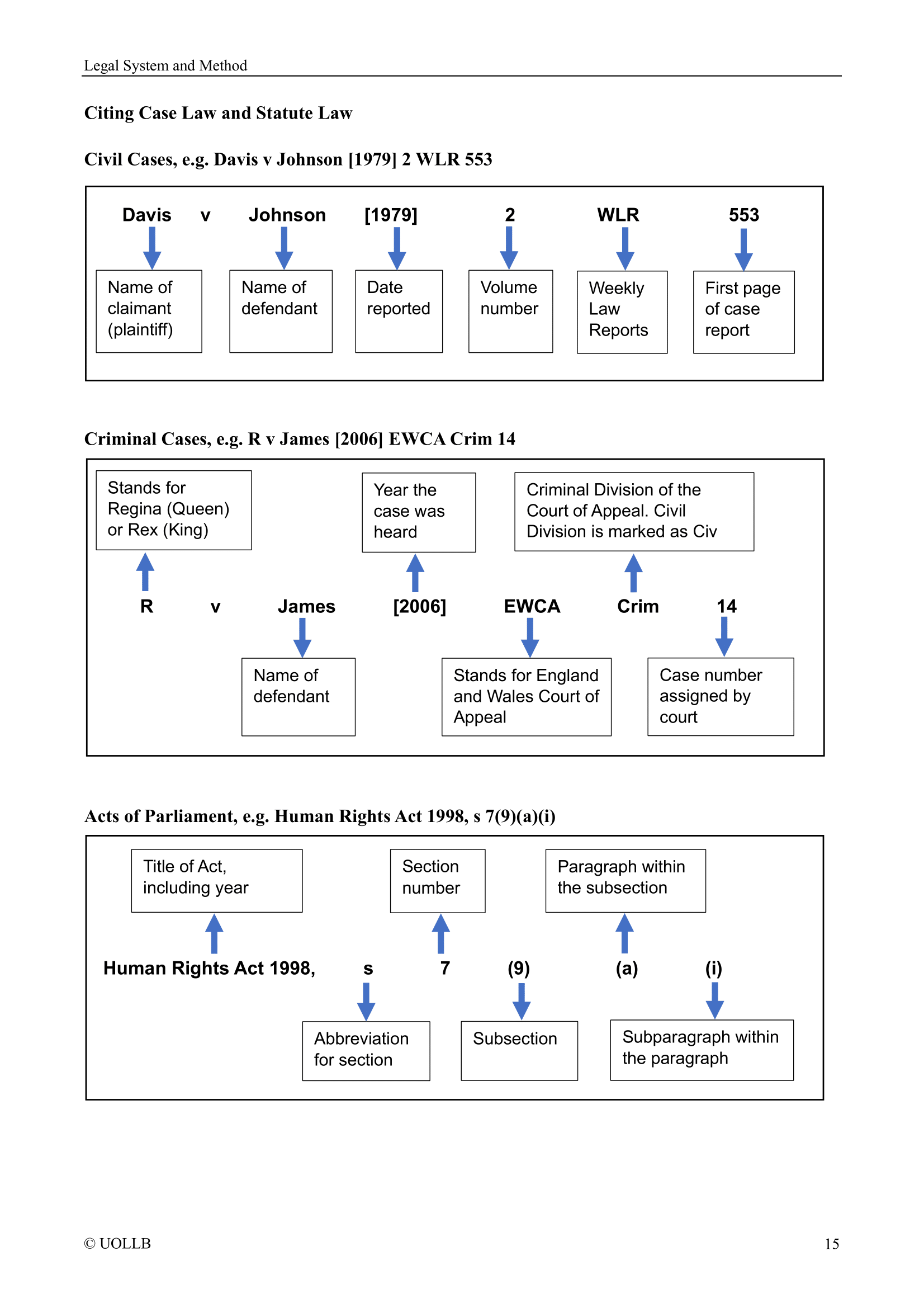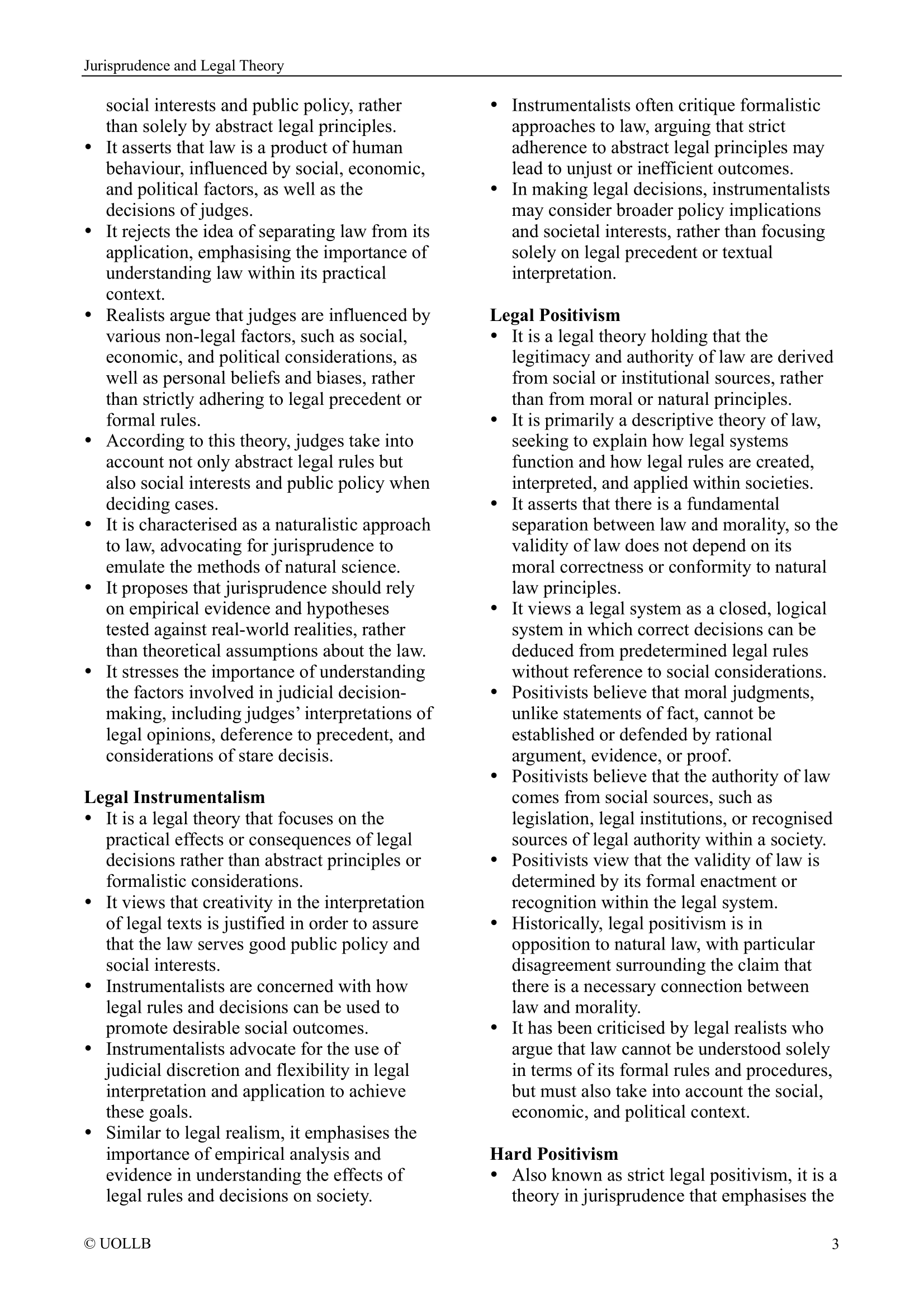Clarke v Earl of Dunraven (The Satanita) [1897]
Share
Clarke v Earl of Dunraven [1897] AC 59, also referred to as The Satanita, is a notable English contract law case that deviates from the conventional pattern of offer and acceptance. The case revolves around a yacht race organised by the Mudhook Yacht Club in the Firth of Clyde, involving Lord Dunraven's Valkyrie II and AD Clarke's Satanita.
Both Lord Dunraven and AD Clarke entered their yachts in the race and agreed to its rules, one of which imposed unlimited liability for rule violations leading to consequential damage. The Satanita collided with Lord Dunraven's yacht on July 5, 1894, causing injuries and the sinking of the Valkyrie II.
The Court of Appeal held that a contract existed, obligating the owner of The Satanita to compensate Lord Dunraven. Lord Esher MR emphasised that a contractual relation was formed between yacht owners when they agreed to participate in the race under specific terms. Lopes LJ concurred, noting the existence of a contract.
Rigby LJ added that bringing knowledge of the race's terms to each yacht owner and their deliberate entry into the race created a contract. This contract, according to Rigby LJ, involved an undertaking that owners would compensate each other for damages resulting from rule violations.
The House of Lords, without delving into the contract's analysis, upheld the Court of Appeal's decision. The case stands as an illustration of a contractual arrangement emerging from the context of a yacht race, challenging the traditional offer-and-acceptance framework in contract law.
The Satanita case highlights the adaptability of contract law to unconventional situations, recognising the formation of a contract based on the mutual understanding and participation of parties in a specific activity, such as a yacht race governed by explicit rules.

